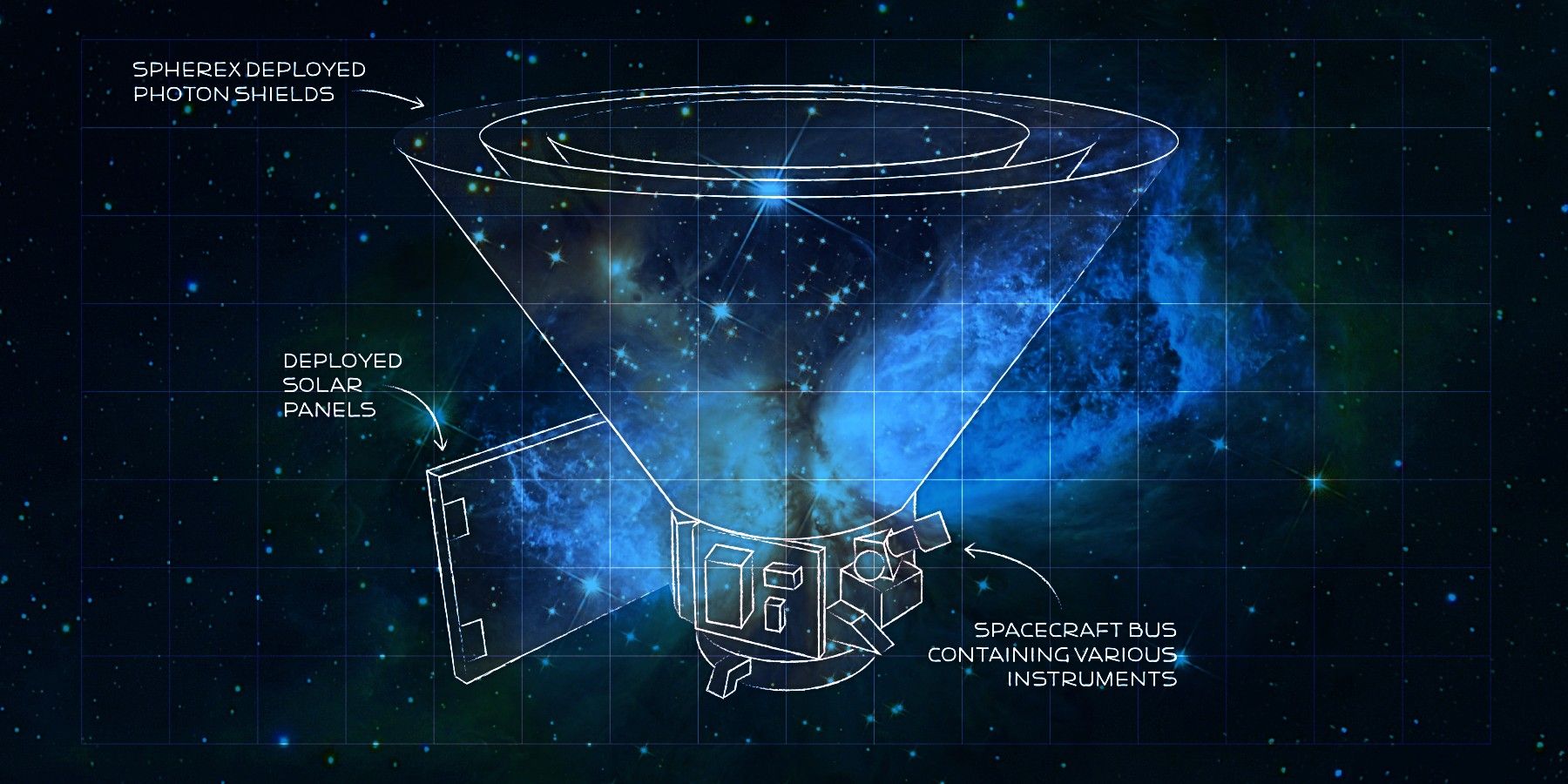The NASA space telescope SPHEREx will scan the entire sky and create a cosmic map to answer the big questions. For example, where did the water on Earth come from? How did galaxies form and how did they evolve? What happened after the Big Bang? There are many questions in astrophysics that scientists have not yet answered.
The James Webb Telescope and the Hubble space telescope have contributed to science with groundbreaking discoveries and observations. However, these telescopes usually focus on individual planets, specific cosmic events or regions. Scientists need the big picture to understand the universe and answer unanswered questions. The potential of an accurate map of the entire circular sky is infinite.
Related: Stunning Spiral Galaxy Captured In NASA's Latest Hubble Photo
NASA announced that the SPHEREx mission is scheduled to launch no later than April 2025. The new space telescope, the latest addition to NASA's exploration program, may be small, but it is also unique. It can scan 99 percent of the sky every six months. Compared to the Hubble, which has observed about 0.1 percent of the sky in 30 years. This makes the telescope an innovative breakthrough. It uses spectrometry, picking up more than 100 colors of infrared light to create a 3D map of billions of stars and galaxies.
Big Bang, Galaxies And Water
SPHEREx will focus on three main areas: the universe's origin, the birth and formation of galaxies, and the abundance of essential molecules like water in the universe. Scientists only have theories on what happened immediately after the Big Bang. The inflation theory says that less than one nanosecond after the most significant event in cosmology, the universe and everything in it began accelerating and expanding. SPHEREx will attempt to prove or disprove this theory by looking at how matter is distributed throughout hundreds of millions of galaxies.
Another mystery for astrophysics is how did galaxies come to be. No one is sure if galaxies all formed simultaneously, nor how galaxies changed and evolved. By creating a cosmic map that peers into distant events that happened billions of years ago, SPHEREx will try to answer the galaxy formation and evolution question.
Water is the final question SPHEREx wants to answer. NASA explains that water molecules bounce in space and impact cosmic dust occasionally. When water and other essential molecules collide, they freeze and "stick" to cosmic dust. If this happens in regions where planets are formed by impact, accretion or accumulation, water becomes part of the new celestial body. Although, SPHEREx's focus will not be identifying planets with water and the potential for life. Instead, the telescope will create the first cosmic water map to reveal the regions where water is abundant in the universe.
Source: NASA


